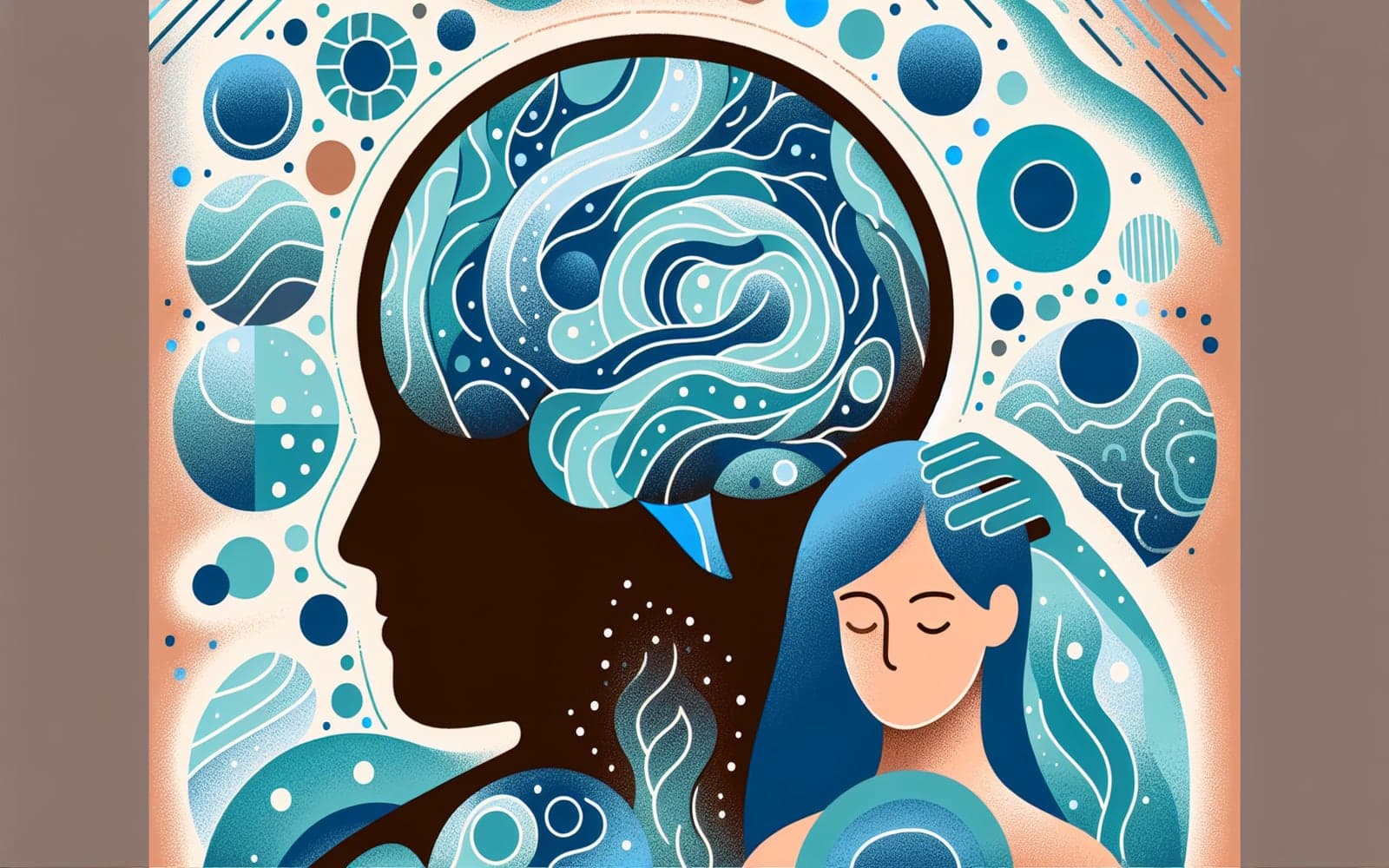The Neuroscience of Itch: How Your Brain Processes Pruritus
Published: Mar 19, 2024
Itching isn't just skin-deep - it's a complex neurological process. Understanding how your brain processes the sensation of itch can shed light on why we scratch and how to better manage chronic pruritus.
Contents
The Itch Pathway
Itching begins with specialized nerve fibers in your skin called C-fibers. These fibers transmit itch signals to your spinal cord, which then relays the message to various parts of your brain. Interestingly, these itch-specific C-fibers make up only about 5% of all C-fibers in your body.
Brain Regions Involved
When an itch signal reaches your brain, it activates multiple areas. These include regions responsible for sensation, motor control, and emotion. This multi-faceted brain response explains why itching can be both a physical and emotional experience.

The Scratch Reflex
Scratching provides temporary relief by activating pain receptors, which can override the itch sensation. It also stimulates inhibitory circuits in your spinal cord and brain. However, this relief is short-lived and can lead to a damaging itch-scratch cycle.
Frequently Asked Questions
Yes, stress and other emotions can intensify itch sensations.
Seeing others scratch can trigger an urge to itch, especially in chronic itch sufferers.
Scratching releases endorphins and temporarily overrides the itch signal.
Key Takeaways
Understanding the neuroscience of itch opens new avenues for treatment, potentially targeting the brain's itch processing centers.
Curious about how your brain processes itch? Chat with Doctronic to learn more about the fascinating neuroscience behind pruritus.Related Articles
References
Ikoma A, Steinhoff M, Ständer S, et al. The neurobiology of itch. Nat Rev Neurosci 2006; 7:535.
Yosipovitch G, Greaves MW, Schmelz M. Itch. Lancet 2003; 361:690.
Always discuss health information with your healthcare provider.

